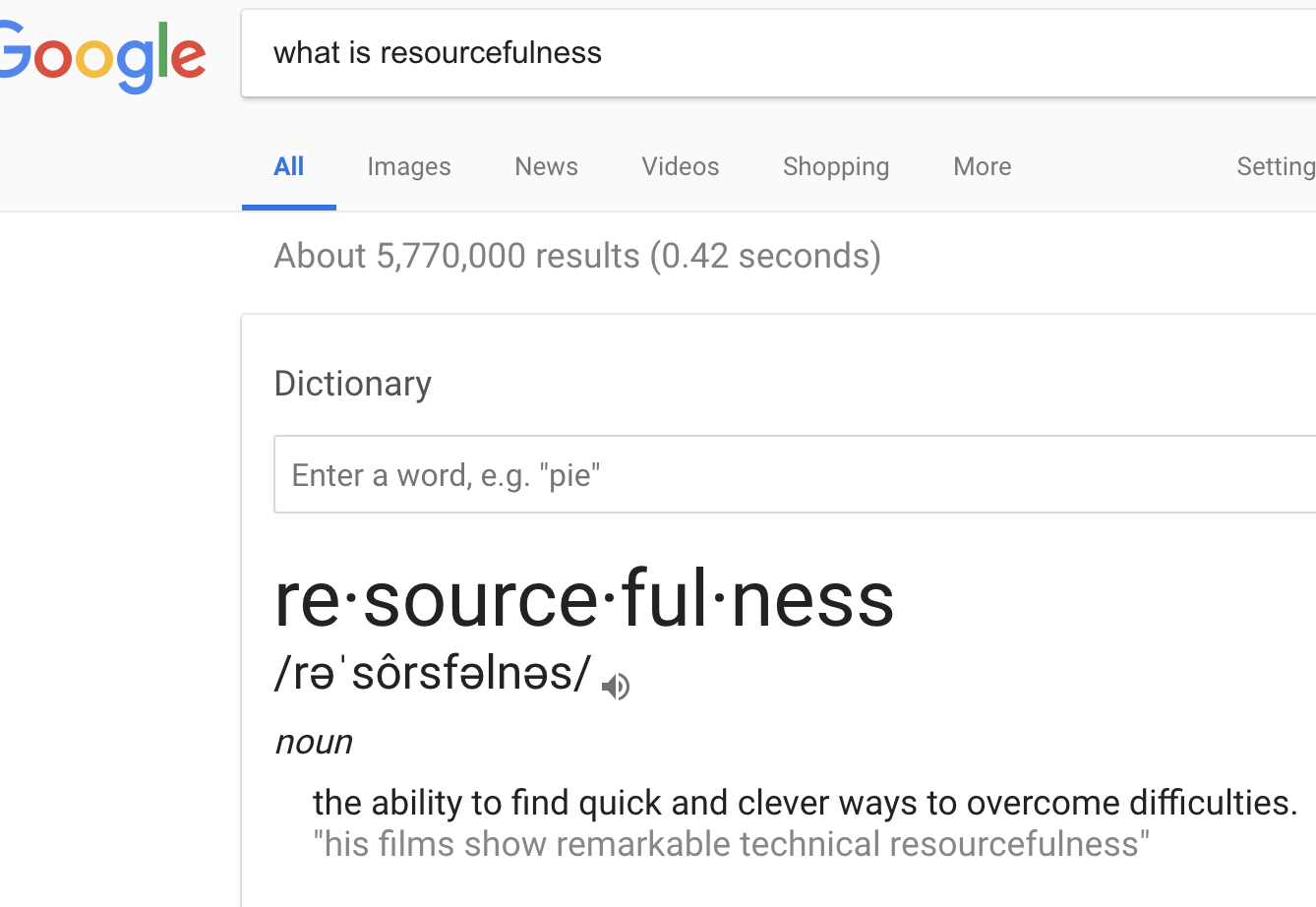Has a “recruiter scammed you”? The first time it happened to me, it took me a few shakes of the head to realize and spot the recruiter scam in the nick of time.
Luckily, I wisened up after the first event, and I’m here to share my tips for spotting a recruiter scam before you send your bank information to their nonexistent HR department.
Now, not all recruiters are robots enlisted to scam you. But in this tight job market, we may unwittingly fall prey to scammers scouting the internet for information they can use against us.
Six red flags that may indicate a recruiter scam
#1 The initial exchange comes out of the blue
Hello, you’ve won the lottery. All you have to do is…Just kidding. Whenever I get an email from a company I can’t remember applying to (and I keep a file to double-check my memory), I think, “Hmm, maybe this is a recruiter scam.”
Also, the bot will often say “hi, hello, or dear” without using your full name. See how the initial email was so impersonal? The person said “Hi”, not “Hi Rana”.

#2 And the line about scheduling the interview?
Even if you can bypass that with curiosity, you could wonder why I must email them back to access the calendar. Hmm. It seems unprofessional. What do you think? I think it is a fishing expedition to see if you reply. And you may, so read on.
#3 Not super professional on any level
It IS curious that I have to email them when I can’t even remember who the firm is. Doubt lurks in my mind like a mugger following you to your car. If you’re in doubt, it may mean you have had way more professional teams and HR people reach out to you. You’re comparing those experiences with the current sketchy one, thinking “not very professional, would I enjoy working for that company in the first place?”
#4 Suspicious format, font, and pre-job briefing
I’ve been in marketing for over 10 years and have never heard of a pre-job briefing. Interview preparation materials – yes. Also, the font looked different. And why did Lily not have a signature? Even contractors typically take on a domain signature. So many little weird things in a normally civilized email with a consistent font and format.

#5 Verify before trust
Assuming you aren’t convinced. Or, you researched the company and await their email team to respond to your inquiry. Because yes, you do have to reach out by phone, over LinkedIn, or through the company’s contact portal to see if this is a legitimate interview offer.
On the last PDF page of the so-called Job Briefing Guide, there is a big red flag If you run into difficulties setting up Teams. You wouldn’t omit the period and capitalize the “I”. This kind of typo should alert you. Also, HR people send Teams links from verified platforms. You shouldn’t be typing in a person’s name. See #6 for more.

#6 Over the edge red flag
Hiring managers would take the domain name of the company they work for. I’d like to point out how this scammer had an Outlook account. And what does that code mean?
I suspected this was a scam because it is the second of its kind to land in my inbox. I’ve received them by phone, but those are different. This type sends collateral to lure you in and when you’re looking for a job you might be tempted to follow every lead.
Don’t be weak, the right opportunity will present itself. Follow up, check it out, believe in you. Otherwise, you are part of a growing number of already having a hard time earning a living folks who’ve just given out some very private information. Established companies with legit HR departments send you correspondence through a portal, typically.
Here’s what AI has to say about recruiter scams:
Yes, recruiter scams are happening and are on the rise. Scammers increasingly target job seekers online, often impersonating legitimate recruiters or companies to gain personal or financial information. These scams can take various forms, including fake job offers, requests for upfront payments, and phishing attempts.




